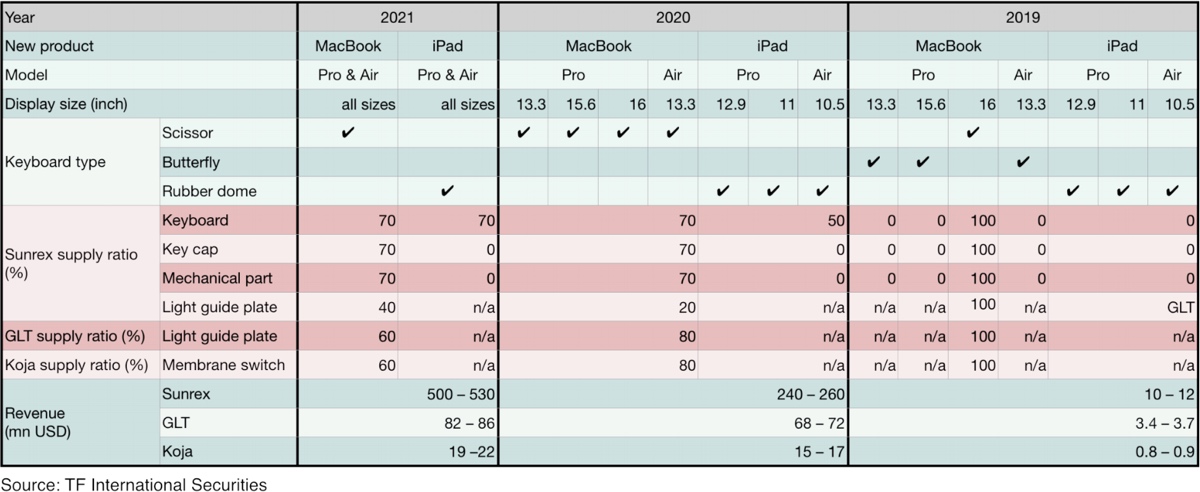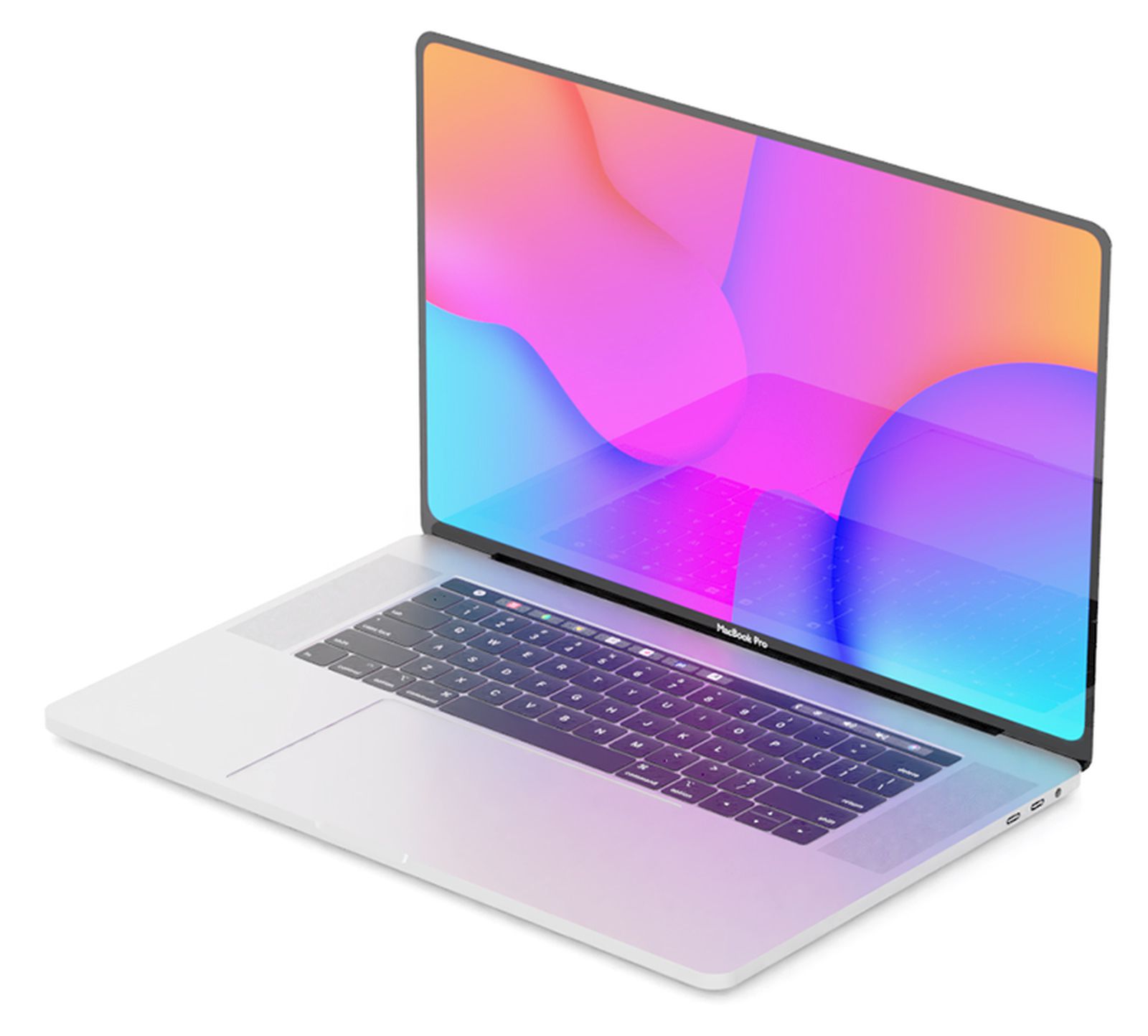You're not thinking about this in the right way. The 13 and 15" models have been hugely different machines targeting different audiences since inception, just because they share a brand doesn't mean real world equivalence. If it helps, think of the 13" Pro and new 15" Pro as just 'MacBooks' sitting between the real Pro (16") and the low end Air:I don't know... having a 13", 15" and 16" MacBook Pro would be like having an 11", 12.9" and 13.5" iPad Pro. There's just not enough difference between the bigger two to justify two different models.
16" - 45W 6/8 core CPUs; new 15" - 15/28W 4 core CPUs.
16" - 5300/5500 dGPUs; New 15" - Iris plus integrated graphics.
16" - pricey - $2,399+; New 15" - Cheap ~$1,699+.
They are completely different machines. The new 15" is just a sized up version of the 13" which has always been a far less powerful and cheaper machine and thus has much greater reach than what was the 15", now the 16" model. The 13" is a machine appropriate for anyone from office typists to coffee table browsers to those doing light-moderate video editing. Making this most versatile of machines in a larger size gives Apple maximum market reach for it, while the top end for those wanting maximum power is covered by the new 16".
Lineup at the end of 2020:
Top end: 16" Pro -> for those who need the most power possible in a portable form factor and are willing to pay big for it.
Mid tier: 13" and 15" Pro -> hugely versatile machines with enough power to do photo and video editing but also cheap enough to appeal as office productivity machines.
Entry level: 13" Air -> for those who want a disposably cheap small and light machine to just type up lecture notes or papers and browse the web.



